Casino Royale (2006)

Exploring Casino Royale (2006): The Gritty Rebirth of James Bond
Casino Royale (2006) is a pivotal entry in the James Bond franchise, marking a bold reinvention of the iconic 007 series. Directed by Martin Campbell and starring Daniel Craig in his debut as James Bond, this 21st official Bond film reboots the long-running saga, stripping away the campy excess of earlier entries to deliver a raw, grounded thriller. Adapted from Ian Fleming’s 1953 novel, the first in the Bond series, Casino Royale blends high-stakes action, psychological depth, and a modern sensibility, redefining the suave superspy for a new era. With its intense performances, gripping narrative, and breathtaking set pieces, the film revitalized the franchise and remains a benchmark for modern action cinema. This comprehensive article explores the film’s plot, production, themes, cultural impact, and why it continues to captivate audiences nearly two decades later.
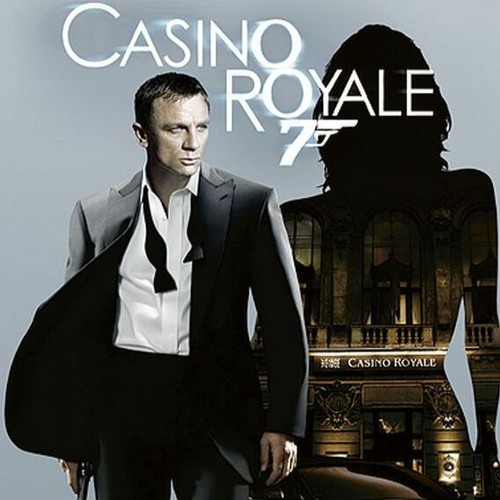
Synopsis: A High-Stakes Game of Trust and Betrayal
Casino Royale follows James Bond (Daniel Craig), newly promoted to 00 status, as he embarks on his first mission as a licensed-to-kill MI6 agent. Tasked with stopping Le Chiffre (Mads Mikkelsen), a brilliant but ruthless banker who funds global terrorism, Bond must outwit his adversary in a high-stakes poker game at the Casino Royale in Montenegro. Le Chiffre, desperate to recover funds lost in a failed terrorist scheme, organizes the game to secure his financial empire, and Bond’s mission is to bankrupt him, cutting off his terrorist network.
Aided by Vesper Lynd (Eva Green), a sharp-witted Treasury agent overseeing the mission’s funds, and Felix Leiter (Jeffrey Wright), a CIA operative, Bond navigates a world of deception, danger, and double-crosses. The poker game becomes a psychological battlefield, with Le Chiffre’s cold intellect pitted against Bond’s raw determination. As the stakes escalate, Bond faces brutal confrontations, from a pulse-pounding chase in Madagascar to a harrowing torture sequence, while his growing romance with Vesper reveals a vulnerability rarely seen in the character. The film builds to a devastating climax in Venice, where betrayal and heartbreak shape Bond into the hardened agent of future films. With its blend of visceral action, intricate espionage, and emotional depth, Casino Royale redefines 007 as a complex, flawed hero.
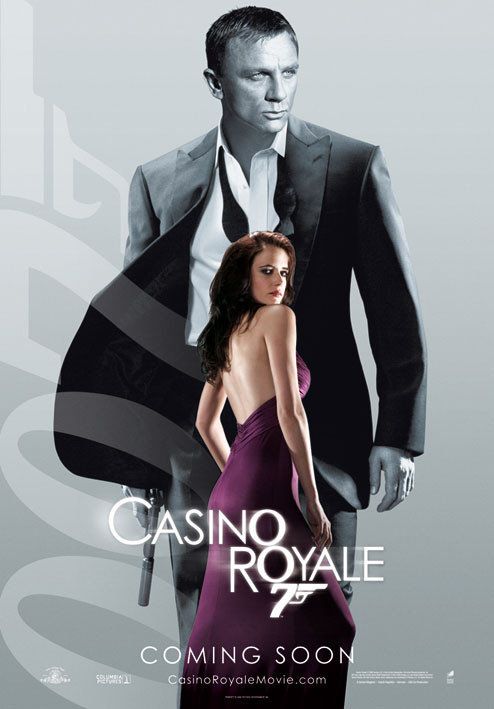
The Making of Casino Royale
Development and Direction
After the mixed reception of Die Another Day (2002), which leaned heavily into CGI and outlandish gadgets, Eon Productions sought to reinvent the Bond franchise. Casino Royale, based on Fleming’s debut novel, was chosen to ground the series in a more realistic, character-driven narrative. Martin Campbell, who revitalized the franchise with GoldenEye (1995), was brought back to direct, bringing his knack for taut action and emotional stakes. The screenplay, written by Neal Purvis, Robert Wade, and Paul Haggis, stayed faithful to Fleming’s novel while updating it for a post-9/11 world, emphasizing terrorism and financial intrigue.
Filming took place across multiple locations, including the Czech Republic (doubling for Montenegro), Italy, the Bahamas, and the UK, with a budget of $150 million. The production aimed for a grittier aesthetic, inspired by the Bourne series, with practical stunts and minimal CGI. Iconic sequences, like the Madagascar foot chase and the Venice building collapse, were meticulously choreographed, showcasing Campbell’s ability to blend realism with spectacle. The poker scenes, central to the plot, were crafted with input from professional players to ensure authenticity, adding tension to the psychological showdowns.
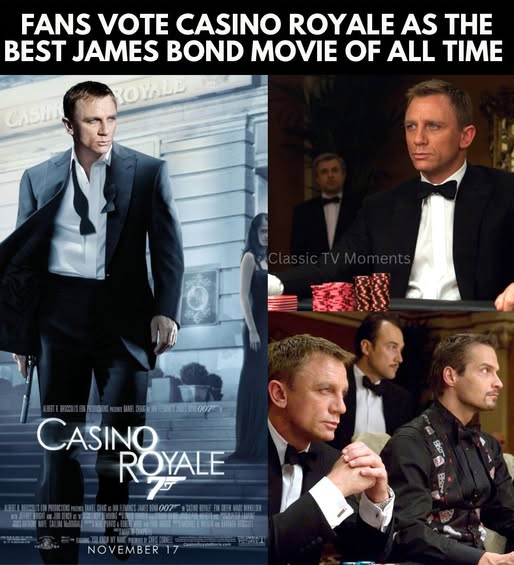
Casting and Performances
Daniel Craig’s casting as James Bond sparked controversy, with critics and fans questioning the blonde, rugged actor’s suitability for the traditionally suave 007. However, Craig’s intense, physical performance silenced doubters, portraying Bond as a blunt instrument with raw charisma and vulnerability. His chiseled physique and steely determination redefined the character, earning widespread acclaim.
Eva Green’s Vesper Lynd is a standout, bringing wit, complexity, and tragedy to the role of Bond’s love interest. Her chemistry with Craig elevates their romance into one of the franchise’s most compelling. Mads Mikkelsen’s Le Chiffre is a chilling antagonist, his calculating demeanor and physical quirks (a bleeding eye) making him a memorable foe. Supporting performances, including Jeffrey Wright as Felix Leiter, Judi Dench as a stern M, and Giancarlo Giannini as Mathis, add depth to the ensemble. The cast’s ability to balance drama and action grounds the film’s high stakes in human emotion.
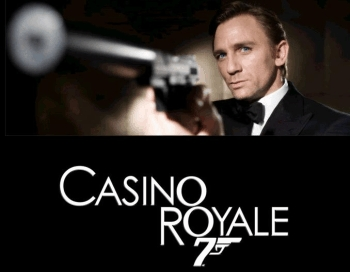
Technical Achievements
Casino Royale excels in its technical execution, with cinematographer Phil Méheux capturing a sleek, vibrant aesthetic. The film’s opening black-and-white sequence, depicting Bond’s first kills, sets a gritty tone, while lush locations like Lake Como and the Bahamas add visual grandeur. The action sequences, choreographed by stunt coordinator Gary Powell, are visceral and inventive, from the parkour-inspired Madagascar chase to the Miami airport sequence involving a fuel tanker.
The score, composed by David Arnold, blends the classic Bond theme with modern, pulsating tracks, enhancing the film’s intensity. The theme song, “You Know My Name” by Chris Cornell, captures the reboot’s raw energy, earning an Oscar nomination. Editing by Stuart Baird keeps the 144-minute runtime tight, balancing action, romance, and intrigue without losing momentum. The film’s practical effects, particularly in the Venice climax, showcase a commitment to authenticity that sets it apart from CGI-heavy contemporaries.
Themes and Symbolism
Casino Royale delves into themes that give the film surprising depth, elevating it beyond a standard action thriller.
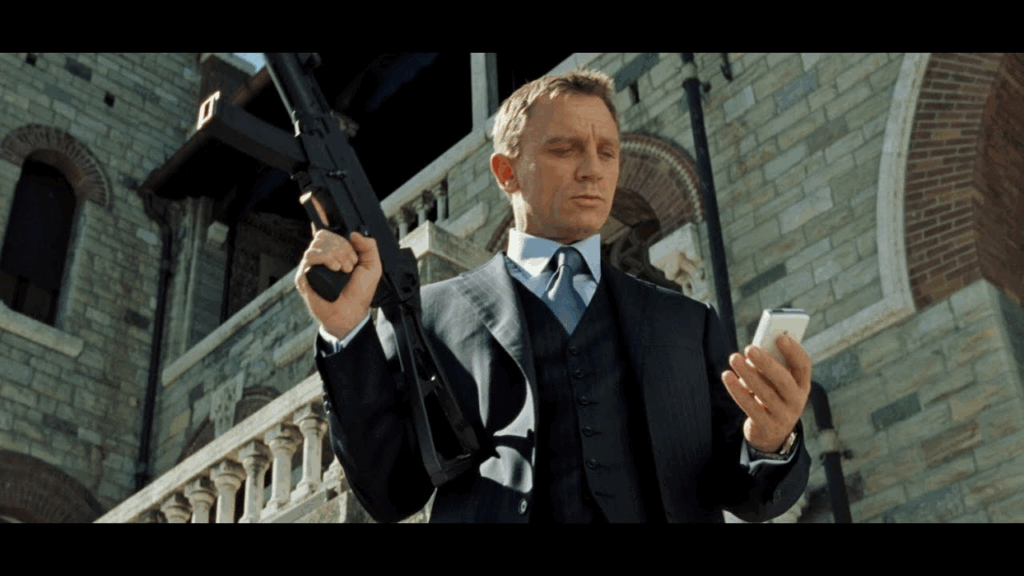
Transformation and Identity
The film explores Bond’s evolution from a brash, impulsive operative to the polished agent of later films. His 00 status is newly earned, and his mistakes—arrogance, emotional vulnerability—humanize him. Vesper’s betrayal shapes his guarded persona, setting the stage for his cynical edge in future entries. The poker game symbolizes Bond’s battle to define himself, with each hand reflecting his growth in strategy and resilience.
Trust and Betrayal
Trust is a central theme, as Bond navigates alliances with Vesper, Leiter, and Mathis while facing Le Chiffre’s deceit. Vesper’s complex motivations highlight the cost of trust in espionage, culminating in a heartbreaking betrayal that redefines Bond’s worldview. The film’s focus on personal stakes sets it apart from earlier Bond films, where villains were often cartoonish.
Power and Corruption
Le Chiffre’s role as a terrorist financier reflects post-9/11 anxieties about global networks and financial power. The poker game, a battle for control of millions, symbolizes the broader struggle between MI6 and those who exploit chaos for profit. Bond’s mission to bankrupt Le Chiffre underscores the theme of dismantling corrupt systems, even at personal cost.
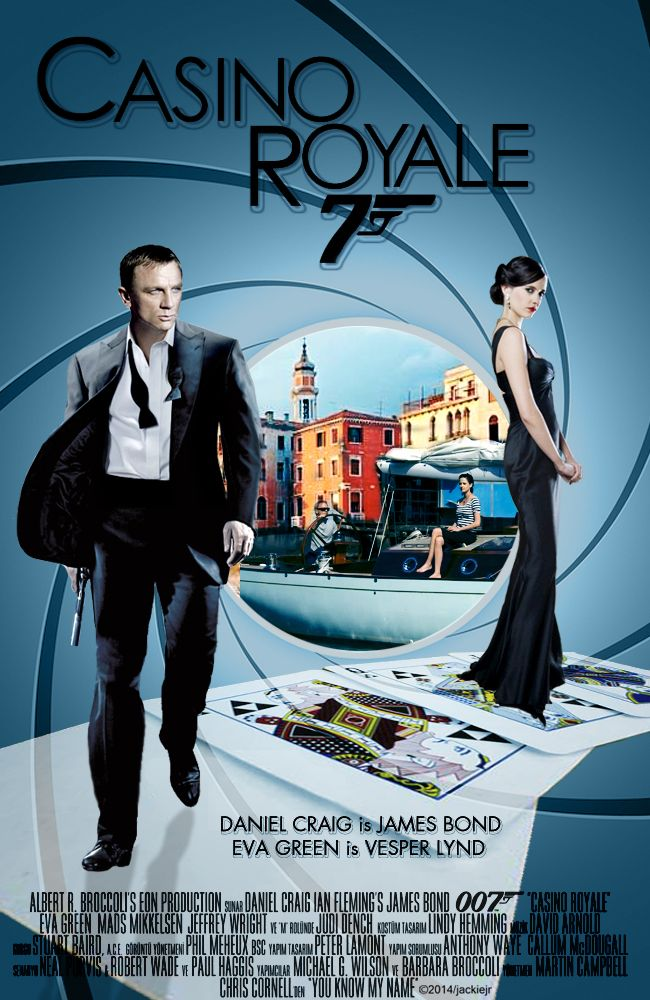
Love and Vulnerability
Bond’s romance with Vesper is the emotional heart of the film, revealing a side of 007 rarely seen. Their chemistry, from witty banter to tender moments, humanizes Bond, but Vesper’s tragic arc underscores the dangers of emotional openness in his world. This theme resonates with audiences, grounding the action in relatable stakes.
Cultural Impact and Reception
Released on November 17, 2006, Casino Royale was a critical and commercial triumph, grossing $606 million worldwide against its $150 million budget. It holds a 94% rating on Rotten Tomatoes, with critics praising its fresh take on Bond. Roger Ebert awarded it four stars, calling it “the best Bond in decades,” while The New York Times lauded Craig’s “superb” performance and the film’s return to Fleming’s roots. Some fans initially resisted Craig’s casting, but his portrayal won them over, cementing his status as one of the definitive Bonds.
The film revitalized the franchise, paving the way for the Daniel Craig era, including hits like Skyfall (2012). Its grounded approach influenced other action franchises, with its parkour sequence inspiring similar scenes in films like The Bourne Ultimatum. Casino Royale also redefined Bond for a post-9/11 world, addressing terrorism and moral ambiguity in a way that resonated with audiences. Its cultural impact endures, with references in pop culture and ongoing praise for its blend of action and emotion.
However, some criticized the film’s length and pacing, particularly in the poker scenes, and a few purists missed the gadget-heavy flair of earlier Bonds. Despite these quibbles, Casino Royale is widely regarded as a high point in the franchise, earning accolades like a BAFTA nomination for Best British Film and a Saturn Award for Best Action/Adventure/Thriller.
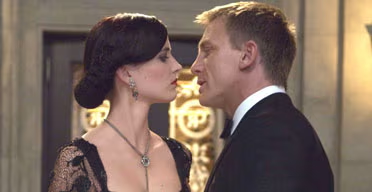
Why Casino Royale Stands Out
Casino Royale stands out for its bold reinvention of James Bond, trading camp for grit while retaining the series’ core appeal: suave charisma, thrilling action, and exotic locales. Daniel Craig’s raw, vulnerable 007 redefined the character, proving Bond could be both a blunt instrument and a complex hero. Eva Green’s Vesper and Mads Mikkelsen’s Le Chiffre elevate the film, creating a triangle of trust and betrayal that drives the narrative. Martin Campbell’s direction balances visceral action with emotional depth, making every chase, fight, and glance resonate.
The film’s commitment to practical stunts and authentic poker scenes adds realism, while its exploration of love, betrayal, and identity gives it universal appeal. For Bond fans, it’s a return to Fleming’s roots; for newcomers, it’s an accessible entry point to the franchise. Its influence on modern action cinema and its status as a fan favorite make it a must-watch, whether you’re drawn to its heart-pounding sequences or its poignant romance.
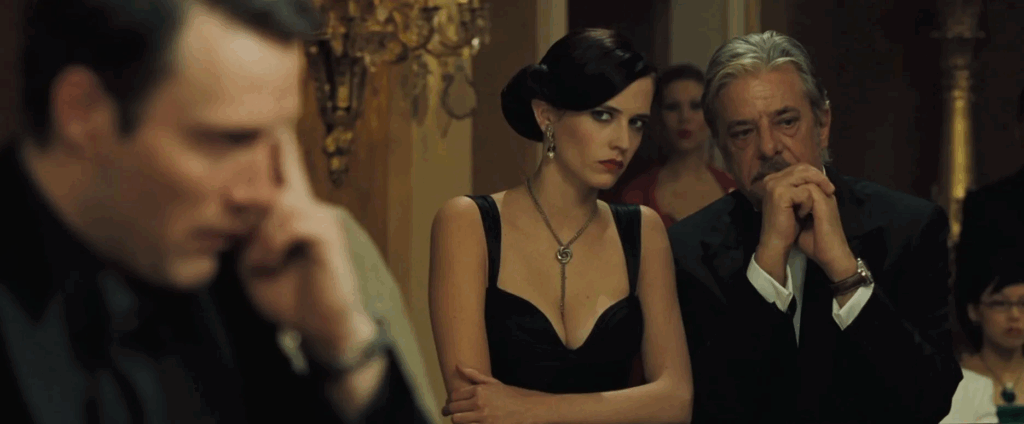
Where to Watch
Casino Royale (2006) is widely available on streaming platforms like Amazon Prime Video, Peacock, and MGM+, with rental or purchase options on Apple TV, YouTube, and Fandango at Home. Physical copies, including Blu-ray and 4K UHD editions, are available through retailers like Amazon. Check JustWatch for current streaming availability in your region. Its 144-minute runtime makes it ideal for a movie night, offering a thrilling blend of action and drama.
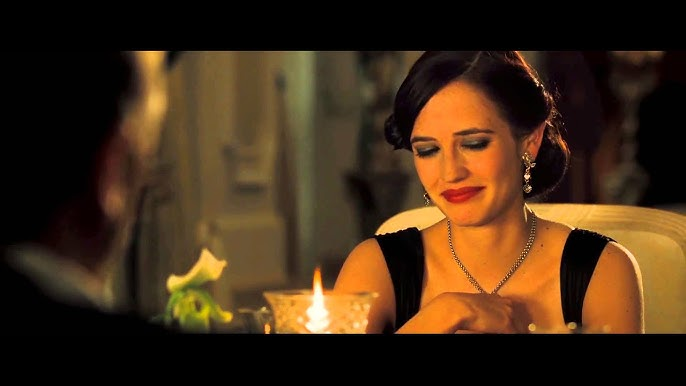
Conclusion
Casino Royale (2006) is a landmark in the James Bond franchise, a gritty, exhilarating reboot that redefined 007 for a new generation. Directed by Martin Campbell and anchored by Daniel Craig’s electrifying debut, the film blends high-stakes action, psychological intrigue, and a heartbreaking romance into a cohesive, unforgettable thriller. With its stellar cast, including Eva Green and Mads Mikkelsen, and its exploration of trust, betrayal, and transformation, Casino Royale transcends the Bond formula to stand as a cinematic classic. Nearly two decades later, it remains a benchmark for action films, a testament to the enduring power of a well-told story. Whether you’re a lifelong Bond fan or a newcomer, Casino Royale is a high-stakes gamble that pays off spectacularly—deal yourself in for an unforgettable ride.